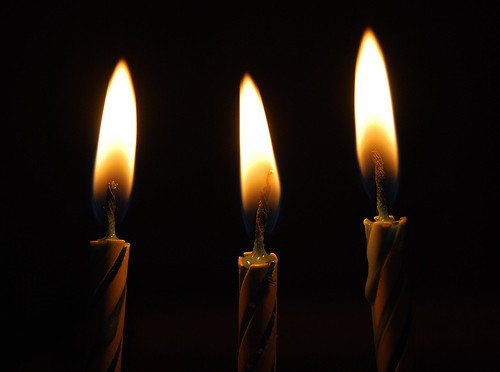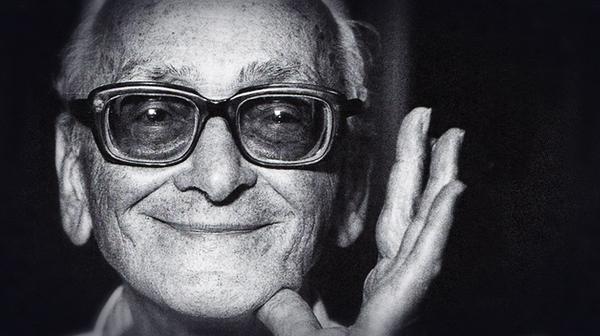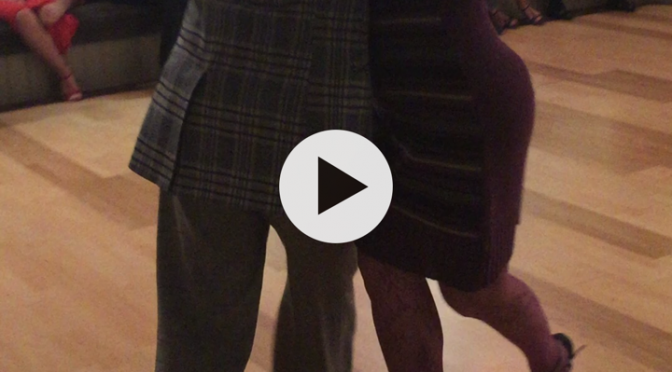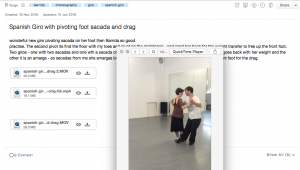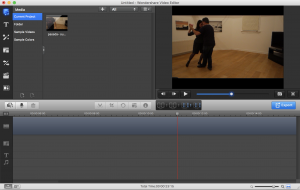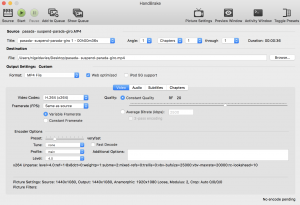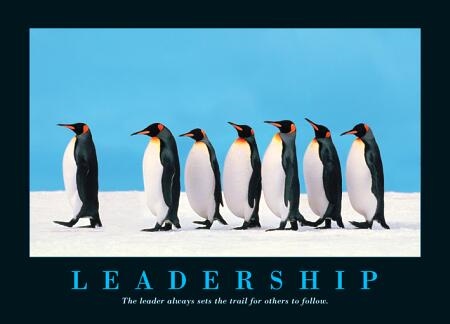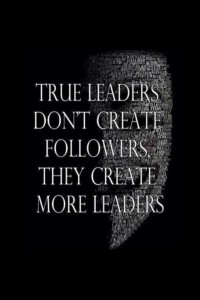So this is my 3 year anniversary.
Three years since my very first class. That first moment – the very last time I had absolutely no idea what tango could offer me – when I slowly began to realise what my life might be missing.
In that time I have met, studied and danced with so many people who have given me so much. Thank you for either crossing paths with me or for hanging on in there – I hope that given more time together I can give you back so much more.
I don’t feel like a complete beginner any more – I think it would be fair to say I am now intermediate – thanks to some great teachers, wonderful partners and a reasonable amount of consistent focus and energy from me.
Anniversaries like this are such a great time to think about our experiences, to summarise and of course to look forward with foolish optimism how we can do better in the coming years.
It is part of our roles as human beings to use our unique awareness of the scarcity of our time to asses and reflect – and to plan to make changes.
So it seems to me that my first 3 years have basically been like this
- Year one – I learnt some steps
- Year two – I heard the music – learnt more steps and forgot some. Tried to dance at Milongas.
- Year three – I felt the follower- learnt even more steps forgot a lot of steps. Actually danced at Milongas.
Deep breath – I am hoping that in year four I can begin to discover myself.
Does that sound pretentious? Probably it does. But I am childishly optimistic. I feel that within the magic of Tango, if I have enough awareness, sensitivity, structure and a lot of help the dance itself can start to shine a light for me on my own life. On what it actually means to be me.
Perhaps this is linked to something I posted about before – I was so hopeful back in December 2014 that in 2015 I could stop being terrified by amazing women, by beautiful dancers. It seems that was ambitious.
I have made some progress last year – but with hindsight I just did not have the miles on a dance floor to make this goal. Amazing, experienced tango dancers are just that – amazing. Of course whenever I embrace one I am going to feel intimidated. They often have a decade more at this than I do.
But just maybe these goals – of discovering myself in Tango and being comfortable dancing with such experienced people when I am lucky enough to do so are in fact linked.
Perhaps if I can develop enough understanding of the music and the structure of tango so that I can find and express myself they will actually in turn be interested in me as an individual – and not as yet another poorly focussed, noisy and intermediate dancer.
I look forward so much to finding out.

